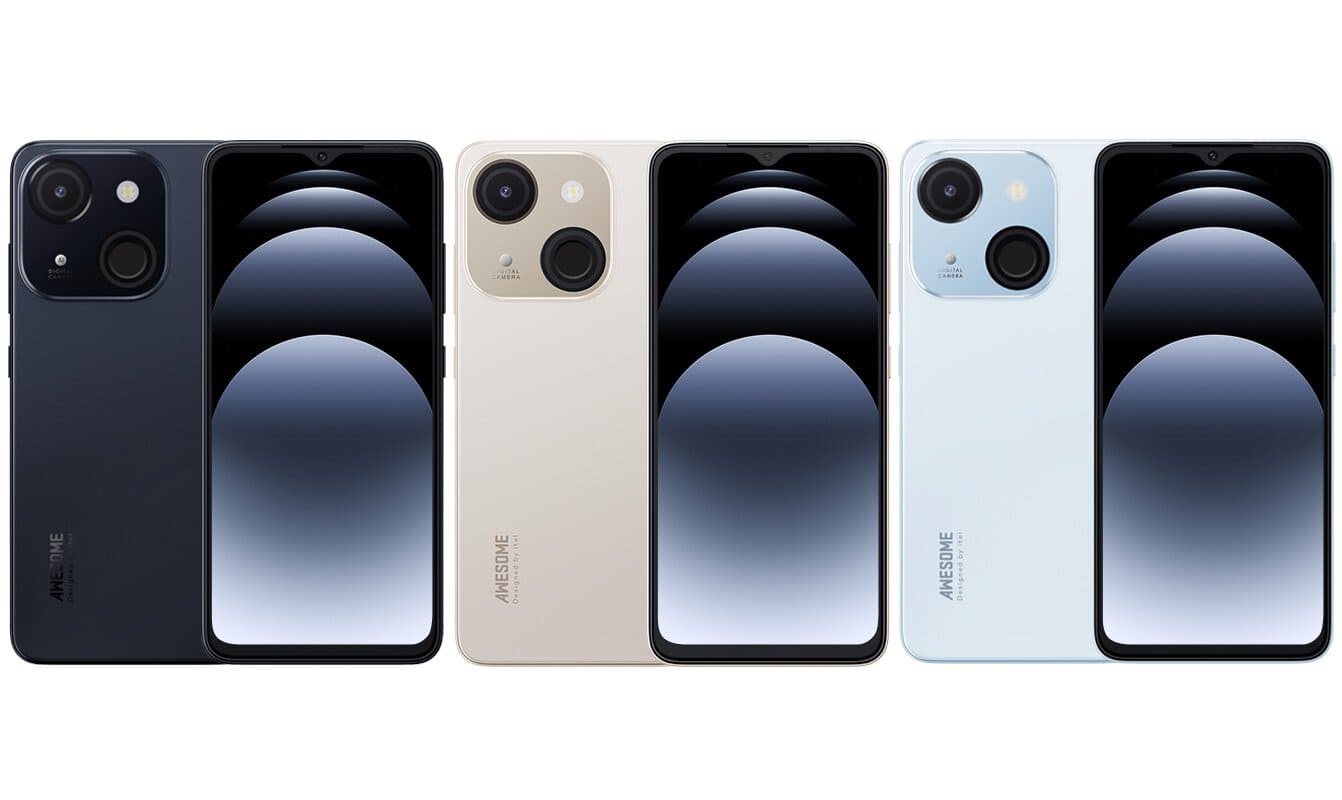Place your adverts here on InfoDig @ low rates; banner ads, sponsored links and guest articles etc. Contact us
Chidi was a typical 13-year-old girl, navigating the tumultuous waters of adolescence with a mix of excitement and trepidation. Yet, amidst the whirlwind of high school dramas and teenage crushes, there was one aspect of her life that she hadn’t fully grasped: menstrual hygiene.
It all began one fateful morning when Chidi woke up to an unexpected sight—a small stain on her bedsheet. Panic surged through her as she realized what it was. She dashed to the bathroom, her heart pounding, her mind racing with confusion. What was happening to her? Why was she bleeding?
Her mother, sensing Chidi’s distress, knocked gently on the bathroom door. “Chidi, honey, are you alright?”
Chidi hesitated, unsure of how to respond. Finally, she mustered the courage to speak. “Mom, I think something’s wrong. There’s blood…”
Her mother’s reassuring voice came through the door. “Oh sweetheart, it’s nothing to worry about. You’ve just started your period.”
Chidi’s confusion only deepened. “Period? What’s that?”
And so, under her mother’s patient guidance, Chidi embarked on a journey of discovery; a journey into the realm of menstrual hygiene. With each passing day, she learned more about her body, its natural rhythms, and the importance of taking care of herself during this time of the month.
At first, the prospect of managing her period seemed daunting. The array of sanitary products on the market bewildered her, and she struggled to find the right fit for her needs. But with her mother’s support, Chidi gradually gained confidence in her ability to navigate this new chapter of womanhood.
As she delved deeper into the topic, Chidi discovered a wealth of information about menstrual hygiene—how to maintain cleanliness, avoid infections, and alleviate discomfort. She learned about the importance of changing her sanitary products regularly, practicing good hygiene habits, and listening to her body’s signals.
But perhaps most importantly, Chidi came to understand that menstruation was a natural and normal part of being a woman. It was nothing to be ashamed of or embarrassed about. Instead, it was a symbol of her body’s strength and resilience—a reminder of the incredible capabilities inherent within her.
Armed with this newfound knowledge and confidence, Chidi embraced her period as an integral part of her womanhood. No longer did she view it as a burden to be endured, but rather as a gift to be celebrated—a symbol of growth.
Menstrual hygiene is a crucial aspect of women’s health that often receives inadequate attention and understanding. Proper menstrual hygiene practices are essential not only for maintaining physical well-being but also for promoting dignity, confidence, and overall quality of life.
Menstrual hygiene is a multifaceted aspect of women’s health that demands attention and comprehension. At the core of menstrual hygiene lies the imperative of selecting appropriate products. With an array of options including pads, tampons, menstrual cups, and period underwear, it’s essential to discern which aligns best with individual needs and preferences. Factors such as absorbency, comfort, convenience, and environmental impact should inform this decision-making process, ensuring that women can manage their periods effectively and comfortably.
Beyond product selection, maintaining cleanliness stands as a cornerstone of menstrual hygiene. Prioritising hygiene practices such as thorough handwashing with soap and water before and after changing menstrual products is paramount. Regular changes—ideally every 4-6 hours—help prevent bacterial proliferation and odours. For menstrual cup users, adherence to the manufacturer’s cleaning instructions is vital to mitigate the risk of infection. By upholding rigorous cleanliness standards, women can safeguard their reproductive health and well-being during menstruation.
It’s essential for women to listen to their bodies and pay attention to any persistent or severe menstrual symptoms. If period pains are significantly impacting daily life or if there are concerns about the underlying cause of the pain, it’s important to seek medical advice from a healthcare professional. By understanding and implementing effective strategies for managing period pains, women can navigate their menstrual cycles with greater ease and comfort, fostering a sense of empowerment and well-being.
In conclusion, menstrual hygiene is not merely a matter of cleanliness; it is a fundamental aspect of women’s health and empowerment. By understanding and practicing proper menstrual hygiene, women can embrace their periods as natural and normal occurrences, fostering a sense of self-confidence, dignity, and well-being.

 6 hours ago
36
6 hours ago
36















 English (US) ·
English (US) ·